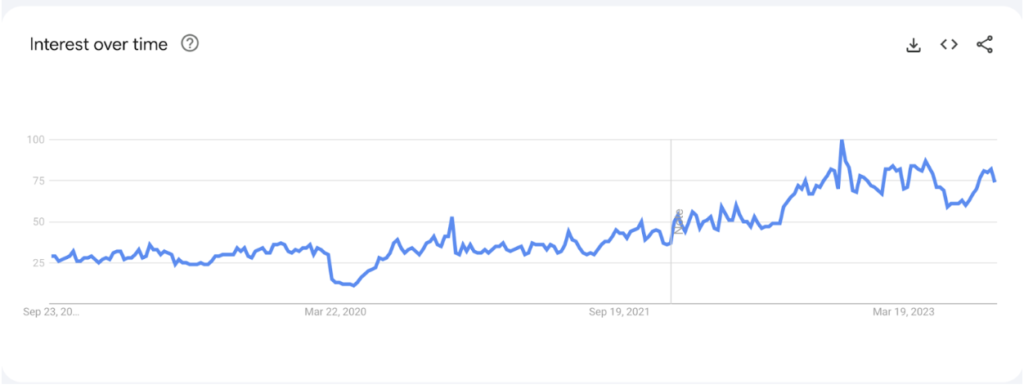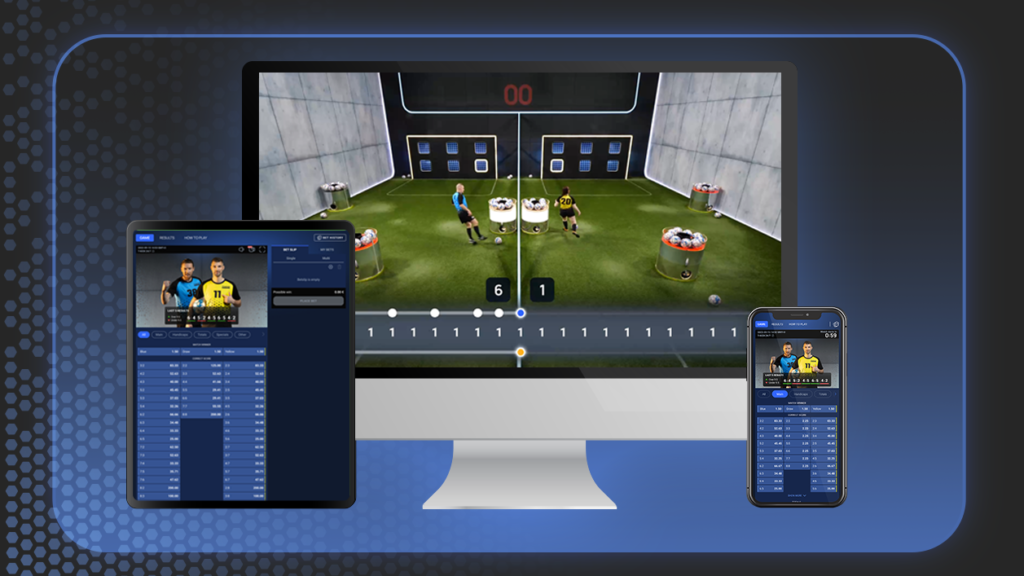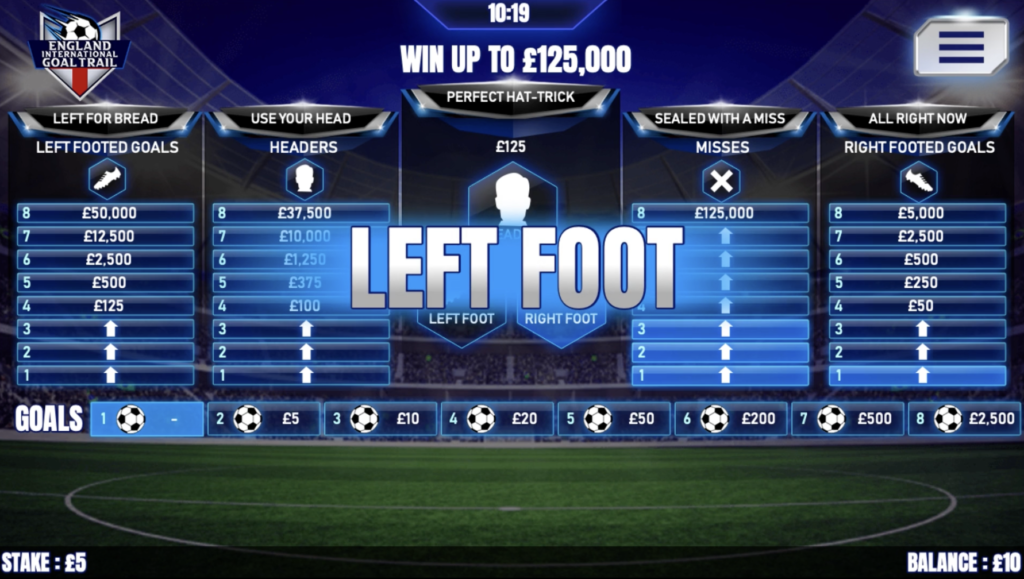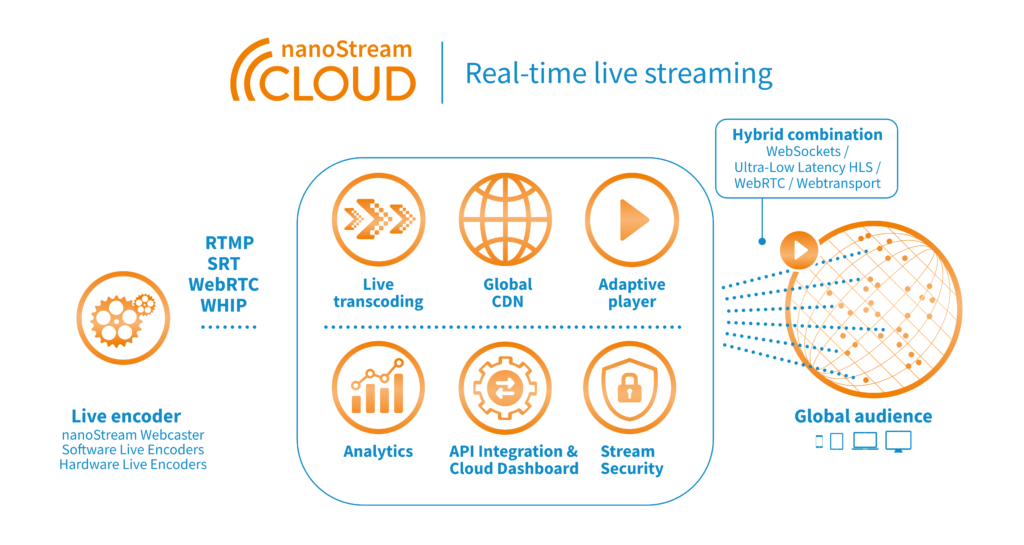The world of online sports betting has erupted. Increased customer demand, deregulation, the COVID-19 pandemic, and real-time streaming technology have all driven this boom.
Beyond just growing in popularity, live sports betting has also grown in variety. Participants can now stake their bets in a number of ways — ranging from pre-game wagers on the winning team to in-game betting focused on point spreads and the like.
Recently, sportsbooks have taken in-game betting one step further with microbetting. This rapid-fire format lets bettors guess the outcome of minor moments within the scope of a larger event.
Also called lightning betting or flash betting, it gives participants the opportunity to gamify micro-events as specific as the coin toss. Not only is microbetting the fastest-growing segment of in-play betting — it could also be the future of sports betting as we know it.
In this article, we look at the emergence of microbetting, popular examples, and the technology required to bring these interactive igaming environments to life.
Table of contents
- What Is Microbetting?
- The Emergence of Microbetting in the Online Gambling Market
- Market Growth Through Widespread Accessibility
- Popular Examples of Microbetting
- Technical Requirements to Build a Microbetting Platform
- How Organizations are Revolutionizing Sports Betting With Nanocosmos
- Additional Resources
What Is Microbetting?
Microbetting is a type of live in-game gambling that lets users place bets on specific short-term outcomes during the context of a game or event — often with very low stakes. This niche form of online betting focuses on micro-moments rather than the total game outcome, providing instant gratification and numerous opportunities to engage.
Imagine placing a $5 bet on the result of a free throw, penalty kick, or field goal just seconds before it plays out on the screen. Not only would this free you from having to sit through at entire game, it would also make the outcome of small developments within the larger event all the more riveting. This is exactly what you get with microbetting — an active and hands-on experience that’s quickly resolved.
Each microbet is concluded within a couple of minutes, giving bettors the opportunity to place another one or cut their losses. The rapid-fire nature of microbetting also allows participants to place numerous bets during the course of a game. Wagers can get as granular as the speed of the next pitch — giving users more flexibility in how they partake.
Additionaly, the short-term propositions at the heart of each bet often have little influence on the actual outcome of the game. In this way, microbetting changes the focus from “who will win” to “what will happen next.”
The Emergence of Microbetting in the Online Gambling Market
Interest in online sports betting has skyrocketed over the past five years. Legislation in both European and U.S. markets contributed to this growth, as well as social distancing mandates brought about by the pandemic.

Google Trends Data for Interest in “Sports Betting”
But without the right technology, none of this would matter. Reliable, ultra-low latency streaming was key to adoption. After all, digitalizing a pastime as ancient as sports wagering — which can trace its history back to ancient Greece — is no easy feat.
Advancements in technology over the past decade have paved the way for today’s online gambling frenzy. Not only can users now place bets through their mobile devices, they can also do so while simultaneously watching a live sports game unfold.
Market Growth Through Widespread Accessibility
Microbetting shows promise for bringing new users into the online gambling world due to the low level of commitment it requires. If traditional sports betting is akin to a drawn-out game of craps, then microbetting is more like playing the slot machines. Users have little to lose and even the casual participant might be inclined to cough up a few dollars for a bit of gambling fun.
This increased accessibility is where gambling operators have seen the greatest opportunity. But it’s also where the underlying technology can make or break a platform.
In order to fully deliver on the promise of microbetting, gambling apps must deliver reliable, low-latency video experiences that are accessible across all devices.
“Microbetting engages fans as well as bettors, due to the instant satisfaction of betting on live play-by-play events. A fan who knows the game can be transformed into a micro-bettor that makes a quick and lower-risk bet while enjoying the excitement of the moment.”
—Kelly Brooks, CEO and Co-Founder of Quarter4
Source: TheStreet
Popular Examples of Microbetting
As attention spans shrink and the need for instant gratification grows, microbetting has emerged as the newest trend in sports betting. Here are some of companies getting in on the action:

Twain Sports – Microbetting Basketball
Twain Sports: Rather than wagering on scheduled games that only occur so often, Twain Sports hosts basketball games where professional athletes compete head-to-head. This means that users can tune in and place bets at their convenience.

Highlight Games – Microbetting Soccer
Highlight Games: Highlight Games creates unique betting and gaming opportunities for exclusively licensed content. The UK-based provider has revolutionized the industry by rolling out new products across the globe: so called “video virtuals” (4-5 minute games that involve betting on pre-match markets) and instant wins (which are much shorter on-demand games that only involve selecting your stake and pressing “start” before the highlight show).
Both Twain Sports and Highlight Games rely on nanoStream Cloud to power their microbetting services, which we detail more below.
Technical Requirements to Build a Microbetting Platform
Bringing the in-person betting experience into a digital environment is no easy feat. Add to that the complexity of this fast-paced medium where the odds are constantly changing, and things get downright complicated.
Speed is the name of the game when it comes to microbetting. Ensuring accuracy, enabling users to place timely bets, and delivering an interactive experience that keeps participants engaged all hinges on real-time streaming.
For this, you’ll need a global, interactive video platform like nanoStream Cloud that ensures sub-second latency. All of the following capabilities are table stakes when building a microbetting app:
- Real-time streaming: Minimizing the delay between the live action on the screen and when a bet is placed is critical to microbetting. Any delay above one second could be detrimental to the end-user experience — which is why real-time streaming is key.
- Global distribution: Accessibility is one of the most alluring parts of online betting. But this isn’t possible without a global content delivery network (CDN). You’ll want to find a streaming solution complete with a CDN to ensure smooth, high-quality video regardless of where your users are tuning in from.
- 100% availability: Unless your streaming solution guarantees 100% uptime 24/7 operations, you risk frustrating users with unintentional downtime. The health of your online gambling platform is directly tied to the health of your streaming infrastructure, so this one is non-negotiable.
- Stream security: Online gambling and content security go hand-in-hand. You’ll want to make sure to implement robust stream protection to prevent unauthorized access, hacking, and misuse of your content.
- Full control over the workflow: Low-latency streaming doesn’t happen in a vaccum. To get it right, all the components in your workflow must work together seamlessly. Full control over your streaming service is therefore key to building the interactive video experiences that microbetting requires.
- Fast start-up time: For scenarios like microbetting where users tend to quickly jump to different games throughout the experience, live streams must load in a snap. Fast start-up times are a must-have to keep your audience engaged.

Real-Time Streaming Requirements – nanoStream Cloud Workflow
How Organizations are Revolutionizing Sports Betting With Nanocosmos
The demand for interactive and immersive online experiences grows each year. And as technological advancements have met these needs, traditional sports betting has undergone a transformation.
The passive viewer has transformed into an active participant across all kinds of digital environments. We now participate in virtual town hall meetings outside of the physical office, and we purchase goods while watching a live stream rather than heading to the mall.
Microbetting is a natural extension of this in the gambling world, delivering unmatched engagement and nail-biting experiences. This interactive format is attractive to both the avid gambler and casual viewer — making it a major driver of new revenue for gambling operators. It also creates unlimited potential from a single game by turning every moment into an opportunity to stake a bet and win money.
But getting it right requires a trusted streaming partner like nanocosmos with a track record of success in the betting industry.
With nanoStream Cloud, gambling platform operators benefit from:
- Sub-second streaming: Built for interactive use cases like microbetting, our scalable nanoStream Cloud platform ensures sub-second streaming across the globe.
- Global Content Delivery Network (CDN): With 100% uptime and continuous 24/7 operations, our self-managed, low-latency CDN guarantees high availability with dynamic failover, no matter how many people tune in. That means your users can engage from every corner of the globe with no interruptions.
- Dynamic real-time player: Our easy-to-embed player combines seamless playback with sub-second latency on any device — delivering on all your viewers’ expectations and more.
- Advanced analytics: By using the nanocosmos platform from end to end, you’ll gain observability across the workflow to inform business decisions.
- Stream health monitoring and alerting: Our new health monitoring feature makes it easy to pinpoint issues and troubleshoot in no time.
So what are you waiting for? Start a free trial today to see how nanoStream Cloud can boost your microbetting application with real-time streaming.
Additional Resources
- Recorded Webinar: Creating Engaging iGaming Experiences With Real-Time Video Streaming
- Article: Opportunities in Microbetting With Real-Time Video Streaming
